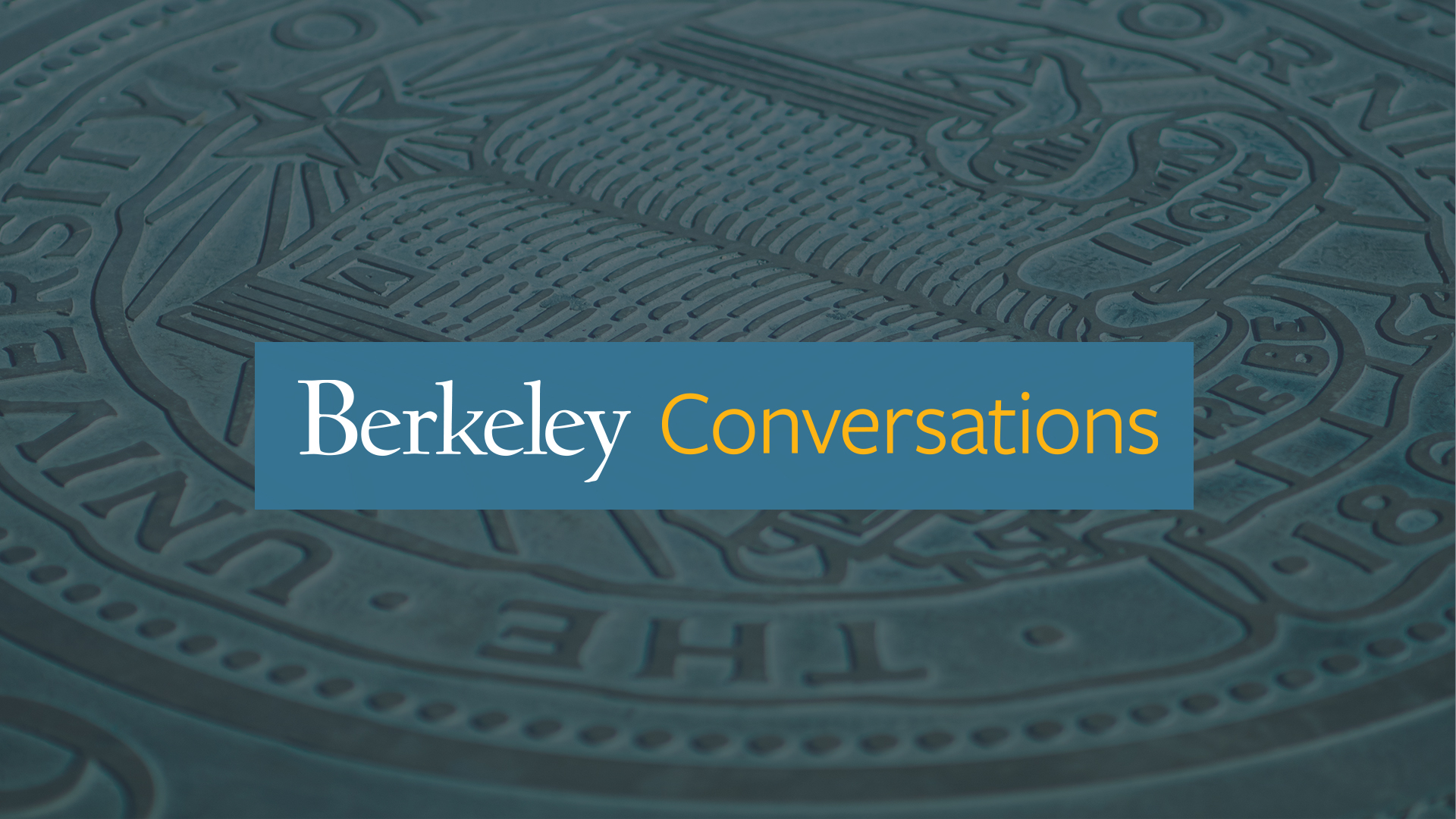Making sense of COVID-19 data, social distancing and what lies ahead
Video webcast of 'Berkeley Conversations: COVID-19.' Professors break down information about the virus's spread.

April 3, 2020
Uncertainty about coronavirus abounds: Everyday, we are deluged with new and sometimes conflicting information about the virus itself, how to protect ourselves and how bad the pandemic might get — much of it punctuated by charts, graphs and statistics that seem to be updated by the minute.
In UC Berkeley’s first live Berkeley Conversations: COVID-19 webcast, Arthur Reingold, professor of epidemiology and head of the Division of Epidemiology and Biostatistics at the UC Berkeley School of Public Health, and Jennifer Chayes, associate provost of the campus’s Division of Computing, Data Science, and Society and dean of the School of Information, shared with the public how we can start to make sense of the ever-changing landscape of news, data and recommendations that have come to characterize the COVID-19 crisis.
Part of the problem, Reingold said, is that while COVID-19 may resemble other diseases, like SARS or influenza, we still don’t know enough about the virus — particularly about how it is transmitted — to make consistent recommendations and predictions.
This changing understanding of how the virus is transmitted has led the Centers for Disease Control and Prevention (CDC) to consider recommending that even healthy people wear face coverings in public, a step that it had not endorsed before.
“What is new, and what is confusing, is that we have generally said, in the past, that healthy people going about their business didn’t need to wear a mask,” Reingold said. “That recommendation has changed literally within the last couple of days, because of a recognition that this virus potentially is being spread by people who have no symptoms.”
To complicate things further, data about infection rates and transmission depend heavily on testing, which varies from state to state and is still severely limited in the United States, Chayes pointed out.
“This is very messy data — it is being collected very differently in different parts of the country,” Chayes said. “None of us is testing enough, but some areas are testing much more than other areas. And so that makes it look like as if the disease is having a very different progression, which it actually is not.”
If we could start to get a better handle on the data, through widespread testing and contact tracing, or tracking of those who have come in contact with of infected individuals, we may find ways to end some of the shelter-in-place mandates.
“What could you do, if you could really test people? Then, you might start to let people out into the community a little more. But you have to be able to pull them back,” Chayes said. “So, I have a phone here, this phone can tell me where I’ve been and who I’ve been near. We have people working on privacy-protected ways of doing contact tracing.”
From engineering new types of ventilators to battling misinformation online, Berkeley students and faculty are devoting their time and expertise to advancing our understanding of COVID-19, Chayes said.
“The Berkeley community has really, really stepped up,” Chayes said.
The video series will continue in the weeks and months to come with COVID-19-related information and advice from faculty experts in a variety of disciplines. Through Q&As, seminars and panel discussions, they will talk about what they know, and what they are learning, and cut through the waves of often confusing and contradictory news being generated by the coronavirus pandemic.